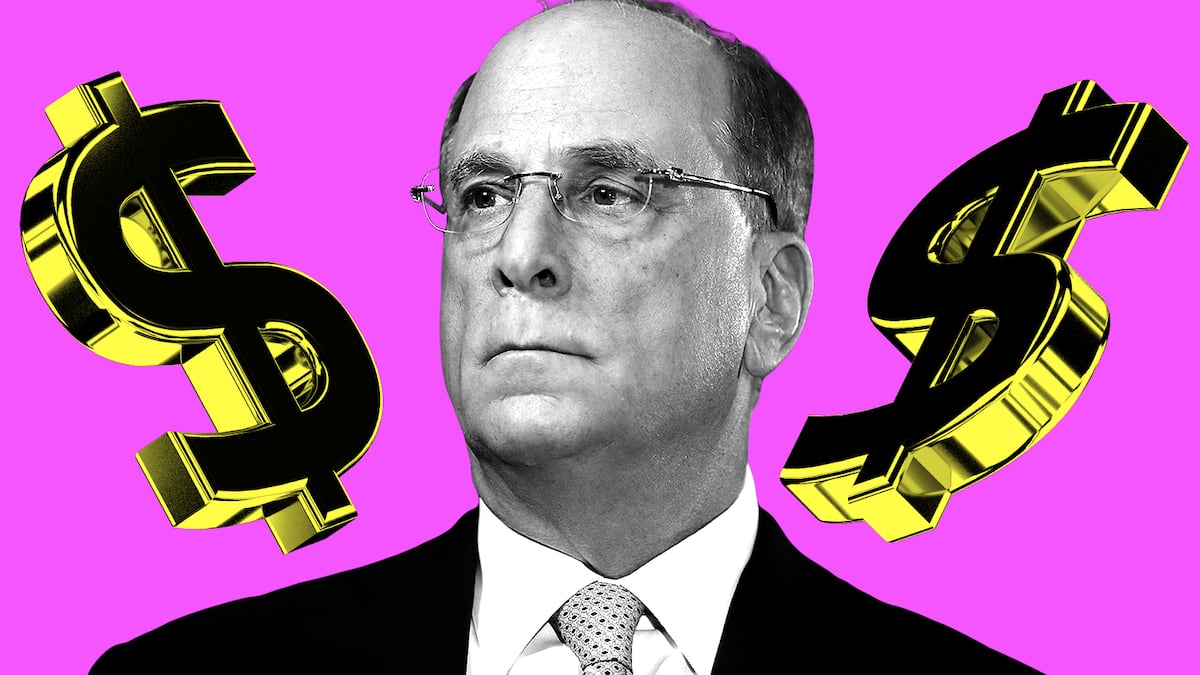- BlackRock announced its first tokenised fund on Ethereum last week.
- Bernstein says the asset managers decision to use Ethereum lends legitimacy to the smart contract blockchain.
- The fund acts as the first major test case for institutional investors experiencing 24/7 instant settlement.
On the heels of BlackRock’s wildly successful foray into Bitcoin exchange-traded funds, the world’s largest asset manager announced a tokenised fund on the Ethereum blockchain.
BlackRock’s decision to offer investors a tokenised money market fund on Ethereum is “the next evolution of financial markets, similar to the ETF wave of the last two decades,” say Bernstein analysts.
Here’s why:
Interoperability
The BlackRock US dollar Institutional Digital Liquidity fund, dubbed BUIDL, is not the first attempt at tokenising a money market fund, but it will likely be the biggest.
Franklin Templeton launched its own fund on chain in April 2023. BlackRock manages around $9 trillion more than Templeton.
The launch of BlackRock’s fund is significant because it brings together firms from both the traditional world, including BNY Mellon, and the crypto world, including Coinbase and Fireblocks.
“This would facilitate interoperability between both sides and would comfort more traditional institutional customers to adopt on-chain funds, without major friction points,” Bernstein said.
Reduced costs
BlackRock’s first foray into tokenised funds is a major test case for institutional investors to experience instant settlement, Bernstein analysts said.
BlackRock’s fund will “act as the first major test-case for institutional holders to experience 24/7 instant settlement benefits of the blockchain with increased transparency and improved capital efficiency, at reduced operating costs,” Bernstein said.
Public blockchain = wider design space
BlackRock stands out from firms like JPMorgan — which opted for its own private chain known as Onyx.
The choice of Ethereum as the public blockchain vs. choosing a private blockchain “allows for a wider design space for interoperability and programmability,” Bernstein said.
“Tokenised fund redemption could be on-chain with stablecoins, e.g USDC, integration.”
New asset-classes including bonds could lead to interoperability between asset-classes on-chain.
The fund giant’s decision to use a public blockchain “brings legitimacy to public smart contract chains such as Ethereum, so far only seen as retail casinos,” Bernstein said. “The plumbing built for retail speculation starts to drive institutional utility.”
‘New category of growth’
BUIDL will invest in US Treasury bills, cash, and repurchase agreements and offers a stable value of $1 per token.
Yields will be paid out daily to investors who can invest through Securitize Markets.
“On-chain funds could be a new category of growth for asset managers,” Bernstein said.
“Crypto asset management could evolve from simple crypto accumulation via ETF products, to building on-chain multi-asset products with its own distribution and unit economics.”
“Asset managers could see this as a commercial revenue and cost saving opportunity, and not just monetary revolution via non-sovereign money.”
Crypto market movers
- Bitcoin added 1.3% over the past 24 hours to trade around $70,000.
- Ethereum traded above $3,500 on Tuesday, up 0.8% over the past day.
What we’re reading
- Binance investors in Philippines dump USDT at 7% discount after regulator ban — DL News
- VCs dive back into crypto as EigenLayer, HashKey, and memecoins lead $1.7bn in raises — DL News
- Calm down: Why the EU’s anti-money laundering regulation isn’t scary for crypto — DL News
- SEC Reportedly To Seek $2 Billion In Fines From Ripple, Says CEO — Milk Road
- Mystery Bitcoin Whale Moves $6 Billion In BTC To Three New Addresses — Milk Road
